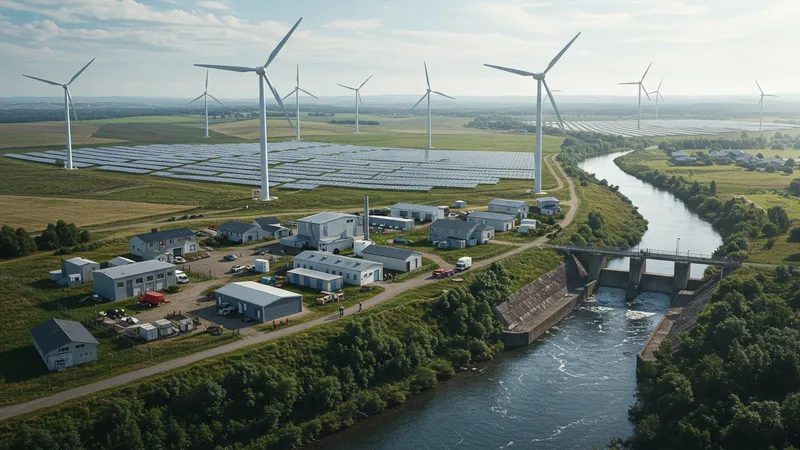
Renewable Energy Farms — Solar, Wind, Hydro & Biomass Solutions
Economic and Environmental Benefits of Renewable Energy Farms
One of the prime reasons behind the global embrace of renewables is their capacity to deliver economic and environmental benefits simultaneously. On the economic front, solar, wind, hydro, and biomass farms have created a wide range of technical, research, and maintenance roles, all centered around sustainable infrastructure. Communities often benefit from local investment, improved resilience, and sometimes even direct power offsets.

Stable, long-term contracts with grid operators and utilities typically underpin renewable project financing. This predictability helps attract investment and reduces price volatility for consumers. As technology has advanced, the cost of renewable electricity—especially from solar and wind—has plummeted dramatically, in many cases rivaling or undercutting fossil-fuel-derived power. Hydropower and biomass projects, while more complex, commonly deliver reliable base-load supply and economic activity in rural regions.
From an ecological standpoint, renewables are key to slashing greenhouse gas emissions, improving air quality, and protecting landscapes from the effects of extraction. A solar or wind farm generates electricity without emitting carbon dioxide during operation. Hydroelectric and biomass facilities, when responsibly managed, offer similar benefits with the added value of supporting water regulation and recycling organic waste materials.
The convergence of economic upside and environmental stewardship is turning the global energy transition into a powerful force for long-term prosperity. Governments, utilities, and companies continue to set ambitious targets for expanding renewable capacity, driven not only by environmental mandates, but by clear business and societal value. The ongoing integration of renewables is showing every sign of accelerating as these benefits intersect.